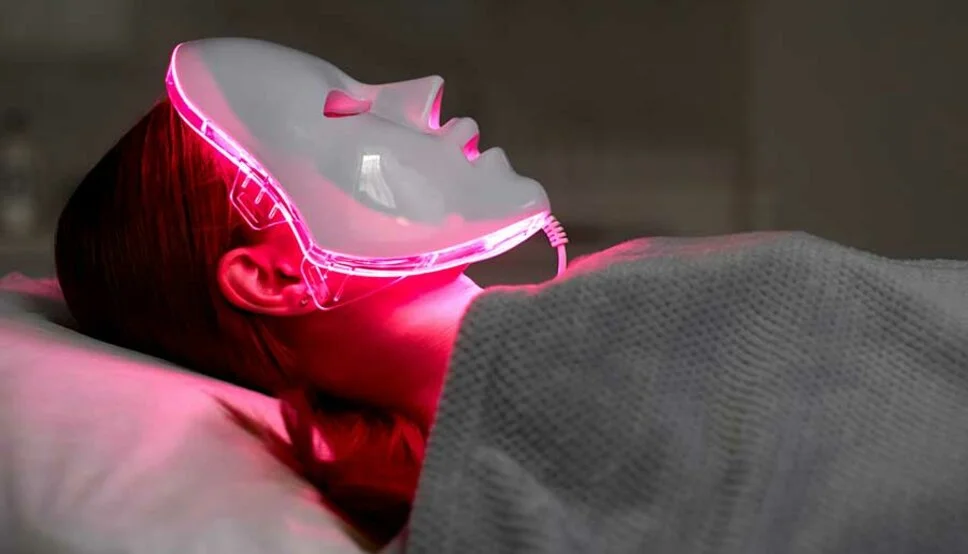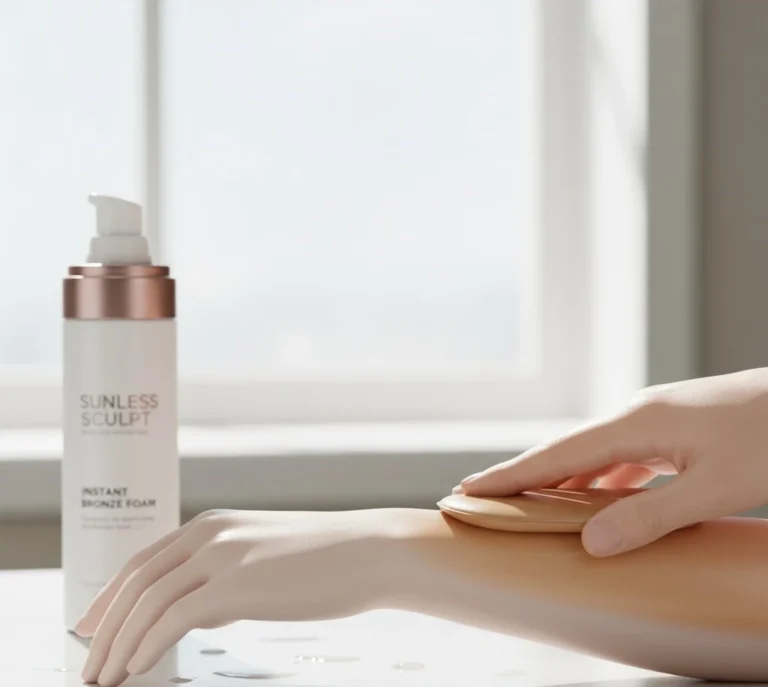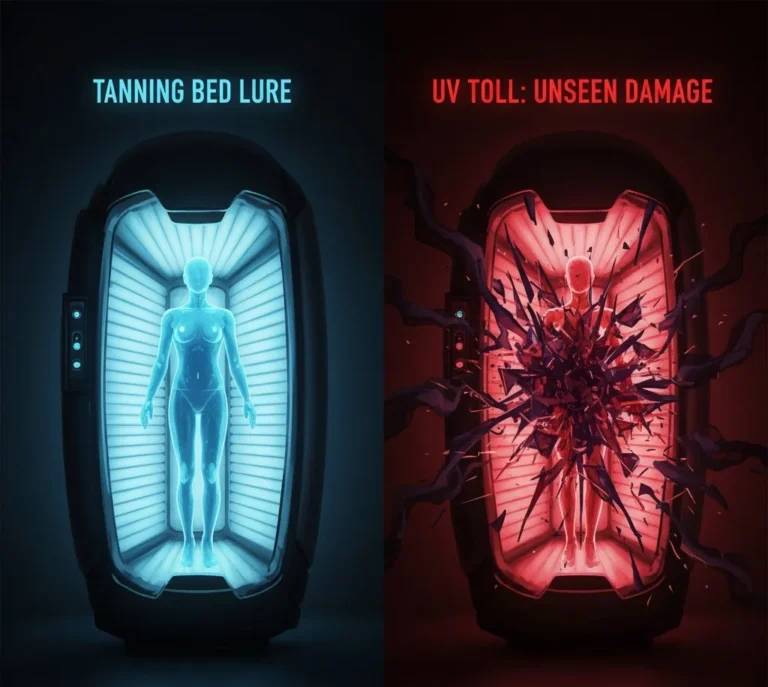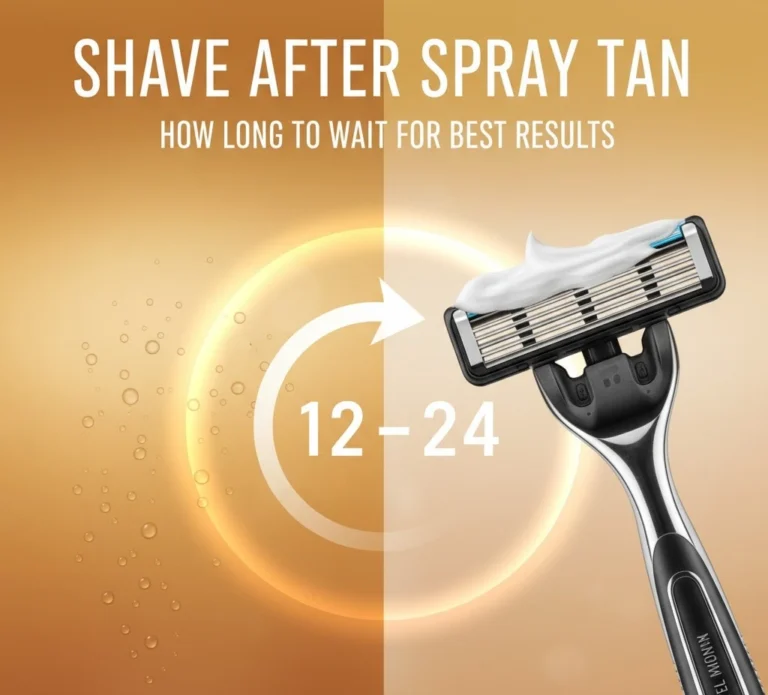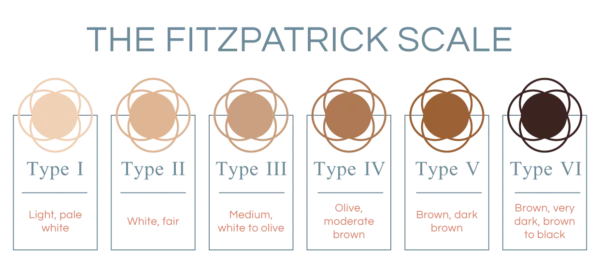Red Light Tanning Beds: Are They Safe for Your Skin?
Red light tanning beds have been making waves in the wellness and skincare industry for their supposed ability to rejuvenate skin and improve overall appearance — all without the risks linked to ultraviolet (UV) tanning. Many people are drawn to these glowing red beds, curious whether they’re truly effective or just another beauty trend.

Unlike traditional tanning beds, red light therapy doesn’t tan or darken your skin. Instead, it works at a deeper cellular level to stimulate repair, boost collagen, and reduce inflammation. The concept might sound futuristic, but red light therapy is actually grounded in science and has been used for decades in medical and cosmetic treatments.
So, what exactly is red light therapy, and how does it differ from traditional tanning methods? More importantly, is it genuinely safe for your skin? Let’s explore every detail.
What Is Red Light Therapy?
Red light therapy (RLT) uses specific wavelengths of light — typically between 600 and 700 nanometers — to penetrate the skin. These wavelengths are part of the visible light spectrum and are completely free from UV radiation.
Here’s how it works:
Increased ATP means your cells can repair, regenerate, and function more efficiently.
When the red light penetrates the skin, it reaches the mitochondria, often referred to as the “powerhouses” of cells.
This light energy helps cells produce more adenosine triphosphate (ATP) — the molecule responsible for cellular energy.
Reported benefits include:
- Reduced inflammation and redness
- Improved skin elasticity and firmness
- Diminished fine lines and wrinkles
- Enhanced wound and scar healing
Essentially, red light therapy helps your skin heal itself — gently and naturally — from the inside out
How Red Light Therapy Differs from Traditional UV Tanning Beds

At first glance, a red light therapy bed might look similar to a tanning bed — but the science behind them couldn’t be more different.
Here’s how they differ:
| Feature | Red Light Therapy | Traditional UV Tanning |
| Type of Light | Visible red/near-infrared light (600–700 nm) | Ultraviolet light (UVA & UVB rays) |
| Effect on Skin | Stimulates cell renewal and collagen | Darkens skin by producing melanin |
| Risk Factor | No UV radiation, minimal side effects | Can cause burns, premature aging, and increase cancer risk |
| Purpose | Therapeutic and restorative | Cosmetic tanning and skin darkening |
In short:
- Red light therapy doesn’t tan your skin — it heals it.
- UV tanning damages skin to trigger melanin, which gives you color.
This makes red light therapy a safe, non-invasive alternative for people seeking healthier skin rather than a darker complexion.
Why People Are Turning Toward Red Light Tanning Beds
There’s been a noticeable shift in beauty and skincare preferences. People now prioritize skin health over skin color.
Reasons for the growing popularity:
- Anti-aging benefits: Red light therapy helps stimulate collagen, reducing wrinkles and fine lines.
- No downtime: Unlike chemical peels or laser treatments, it’s gentle and painless.
- Visible results: Many users report smoother, glowing skin within weeks of consistent use.
- Multi-purpose effects: Apart from skincare, RLT is used for muscle recovery, pain management, and mood enhancement.
Celebrities, dermatologists, and wellness enthusiasts alike praise RLT for its ability to rejuvenate the skin safely , a modern approach to beauty that’s rooted in science, not UV exposure.
How Red Light Therapy Works on the Skin

Red light therapy is a painless, non-invasive procedure that can be done at home. It involves using a device that emits red light to stimulate collagen and elastin production. The process is safe and effective for treating various skin conditions, such as acne scars, wrinkles, cellulite, and stretch marks.
The Science Behind Red Light Wavelengths
Red light operates in the 600–700 nanometer range, while near-infrared light (700–900 nm) reaches even deeper tissues.
How it helps:
- Stimulates mitochondrial activity: Increases energy production in cells.
- Enhances blood flow: Improves oxygen and nutrient delivery to tissues.
- Reduces oxidative stress: Minimizes free radical damage.
This process, known as photobiomodulation, is what makes RLT so effective in supporting cell regeneration and healing.
Cellular Regeneration and Collagen Production
Collagen is what gives your skin firmness and elasticity. As you age, collagen levels naturally decline — leading to wrinkles and sagging skin.
Red light therapy can reverse that process by:
- Triggering fibroblasts, the cells responsible for collagen synthesis.
- Stimulating elastin production for improved skin flexibility.
Promoting faster cell turnover, making skin look refreshed and youthful.Over time, consistent RLT sessions lead to smoother, firmer, and healthier-looking skin.
Skin Benefits Observed from Regular Sessions

With regular use, users report noticeable improvements in:
- Skin tone and clarity — reduction in dullness and uneven pigmentation
- Fine lines and wrinkles — smoother, plumper skin texture
- Redness and irritation — calmer, more balanced complexion
- Healing — faster recovery from acne, scars, and sun damage
In short, your skin looks brighter, healthier, and more resilient without any artificial tanning or UV exposure.
Are Red Light Therapy Tanning Beds Safe?
Safety is one of the biggest reasons red light therapy has become so popular. It provides real skincare benefits without the harsh effects of UV light.
Understanding Safety Compared to UV Tanning Beds

- No UV exposure: RLT doesn’t emit ultraviolet light, so there’s no risk of burning or DNA damage.
- No tanning effect: It won’t alter your skin color or cause pigmentation issues.
- Minimal risk: Most people experience no side effects, except mild warmth during treatment.
Unlike UV tanning beds that accelerate skin aging, RLT supports skin repair and longevity.
Potential Side Effects or Precautions
Although safe for most people, a few precautions are worth noting:
- Avoid overexposure: Too frequent or prolonged sessions can cause temporary redness.
- Protect your eyes: Always wear goggles to prevent discomfort from bright light.
Medical conditions: If you have light sensitivity or are on medications that increase it, consult your doctor first.
Mild side effects may include:
- Temporary skin tightness or warmth
- Slight redness (fades within minutes)
- Fatigue after longer sessions (rare)
Overall, RLT’s safety profile is exceptional compared to any UV-based therapy.
FDA and Dermatologist Opinions on Safety

The U.S. Food and Drug Administration (FDA) recognizes certain red light therapy devices as safe for cosmetic and therapeutic use. Dermatologists also support RLT as a non-invasive anti-aging and healing tool, provided it’s used responsibly.
Most experts agree that RLT is one of the safest light-based therapies available today — suitable for nearly all skin types when used correctly.
Key Benefits of Using Red Light Therapy Tanning Beds
Red light therapy isn’t just a skincare treatment — it’s a holistic wellness approach.
Skin Rejuvenation and Youthful Glow
- Stimulates collagen and elastin naturally
- Reduces visible signs of aging
- Improves circulation, giving a natural glow
- Helps repair sun-damaged skin
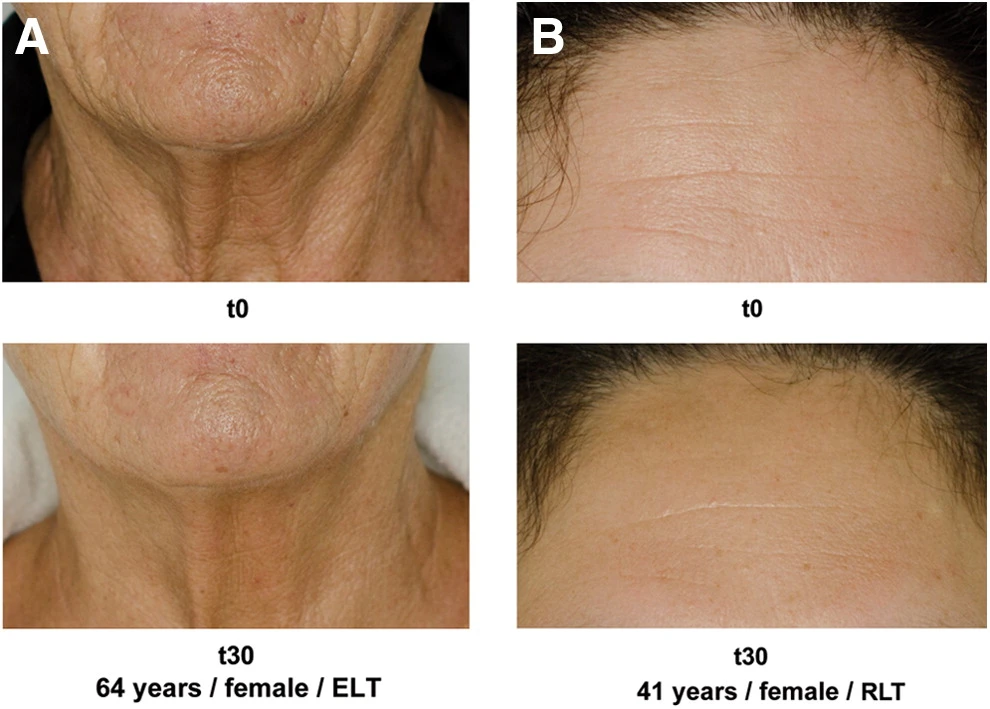
Pain Relief and Muscle Recovery Benefits
Used in physical therapy to accelerate recovery
Promotes faster healing of sore muscles
Reduces joint stiffness and inflammation

Mood Enhancement and Relaxation
- Exposure to red light helps balance circadian rhythms
- Reduces symptoms of seasonal affective disorder (SAD)
- Promotes relaxation, stress relief, and better sleep quality
In other words — red light therapy helps both your skin and your spirit.
So what should you do if you want a little color without any risk of burning? Staying out of direct sunlight will help keep your skin healthy and glowing without exposing yourself to too much potential harm from harmful rays coming off nearby sources. Such as buildings or trees that may emit UV light into the atmosphere around us each day.
How to Use Red Light Therapy Tanning Beds Effectively
To maximize results, consistency and correct usage are key.
Recommended Session Duration and Frequency
- Start slow: 10–15 minutes per session
- Frequency: 3–5 times a week for the first month, then reduce to maintenance (2–3 sessions weekly)
- Results: Noticeable improvement in 4–8 weeks of regular use
Pre- and Post-Therapy Skin Care Tips
Before your session:
- Cleanse skin to remove oil, makeup, or sunscreen.
- Avoid applying heavy lotions that could block light absorption.
After your session:
- Use a gentle moisturizer or collagen-boosting serum.
- Stay hydrated — water helps your skin repair faster.
Combining Red Light Therapy with Skincare Products
Boost your results by pairing RLT with:
- Hyaluronic acid serums for moisture retention
- Vitamin C creams for antioxidant support
- Peptide-based products to enhance collagen production
- Always patch test new combinations especially if you have sensitive skin.
In summary: Think of red light therapy as a component of your broader skincare routine — blending technology + topical care for a more holistic effect.
This combination amplifies both the healing and anti-aging effects of red light therapy.
Who Should Avoid Red Light Therapy Beds
While red light therapy is safe for most, some people should approach it with caution.
Medical Conditions and Skin Sensitivities
Avoid or consult a professional first if you:
- Have photosensitivity disorders (like lupus)
- Are pregnant or breastfeeding
Are taking medications that increase light sensitivity (e.g., certain antibiotics, isotretinoin)Consulting a Dermatologist Before Use
Always talk to a dermatologist if you:
- Have chronic skin conditions (eczema, psoriasis, etc.)
- Have had recent skin procedures (chemical peels, laser)
Are unsure whether your skin type is suitable for RLTAge and Skin Type Considerations
All skin types: RLT is safe across the spectrum — light to dark.
Younger skin: Benefits from improved tone and acne healing.
Mature skin: Responds with increased collagen and fewer wrinkles.
Red Light Therapy vs. Home Red Light Devices
Professional Tanning Beds vs. At-Home Panels
- Professional beds: Offer full-body coverage, stronger output, and faster results.
- At-home panels: Convenient, budget-friendly, and easy to maintain but less intense.
Cost and Convenience Factors
- Salon treatments: $30–$60 per session; great for quick, full-body results.
Home devices: One-time investment ($200–$800); ideal for consistent long-term use.Which Option Is Better for Long-Term Use?
If you’re serious about long-term skincare and wellness, a home red light device offers flexibility and affordability. However, salon beds are best for quick, visible improvements when used under professional supervision.
| Feature | Professional Beds | Home Devices |
| Light Intensity | High-powered LEDs for deeper penetration | Moderate intensity, suitable for daily use |
| Coverage | Full-body exposure | Targeted areas (face, arms, etc.) |
| Treatment Time | 10–15 minutes | 15–30 minutes |
| Convenience | Requires salon visits | Can be done anytime at home |
| Cost Over Time | Pay per session | One-time investment |
Conclusion
Summary of Safety and Effectiveness
Red light therapy tanning beds are safe, non-invasive, and scientifically supported tools for improving skin health. Unlike UV tanning, they rejuvenate rather than damage.
Final Thoughts on Skin Health and Wellness
Healthy, radiant skin doesn’t come from UV rays — it comes from cellular renewal, hydration, and consistent care. Red light therapy supports your skin’s natural ability to heal and glow.
Is It Worth Trying Red Light Therapy Tanning Beds?
Absolutely. If your goal is youthful, glowing, and healthier-looking skin — without the risks of UV damage — red light therapy tanning beds are a modern, science-backed solution worth exploring.
FAQs
Q1. Does red light therapy tan your skin?
No. It doesn’t affect melanin production, so you won’t tan or darken — your skin just looks healthier and more luminous.
Q2. How long before I see results?
Most people notice visible improvement in 4–6 weeks of consistent sessions.
Q3. Can I combine it with regular tanning?
You can, but it’s best to avoid UV tanning since RLT already enhances skin health.
Q4. Are there any side effects?
Mild redness or warmth can occur, but these fade quickly. Always wear eye protection.

